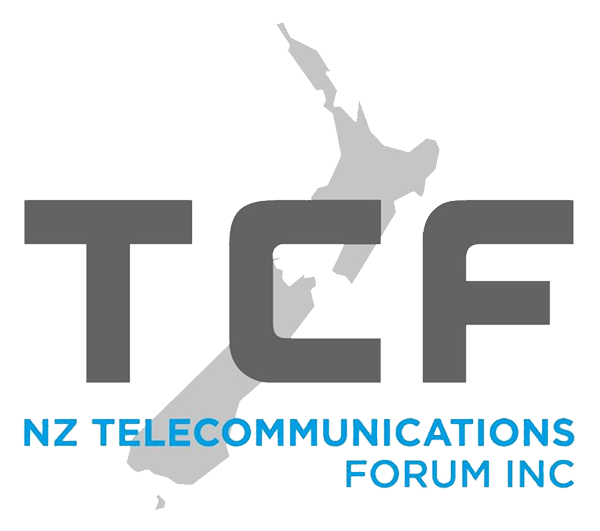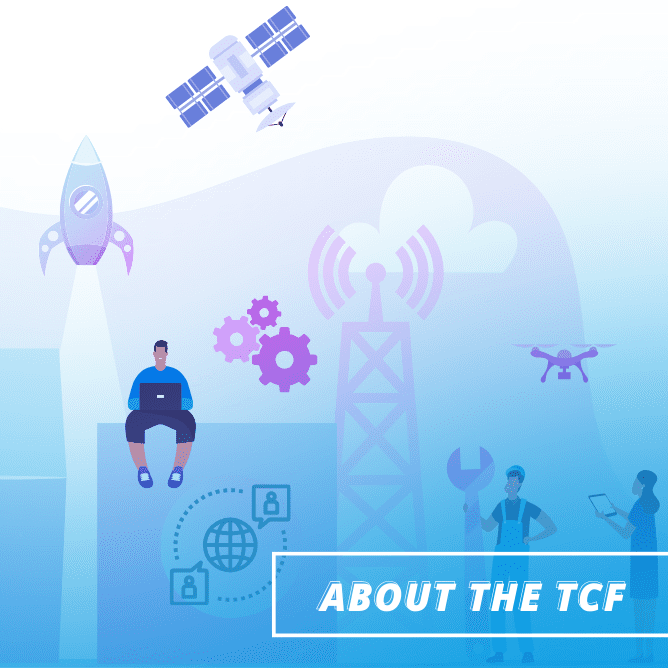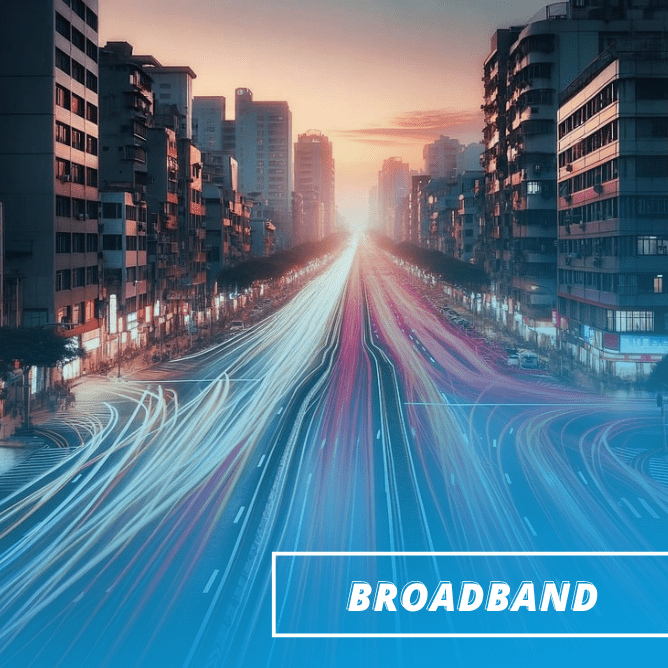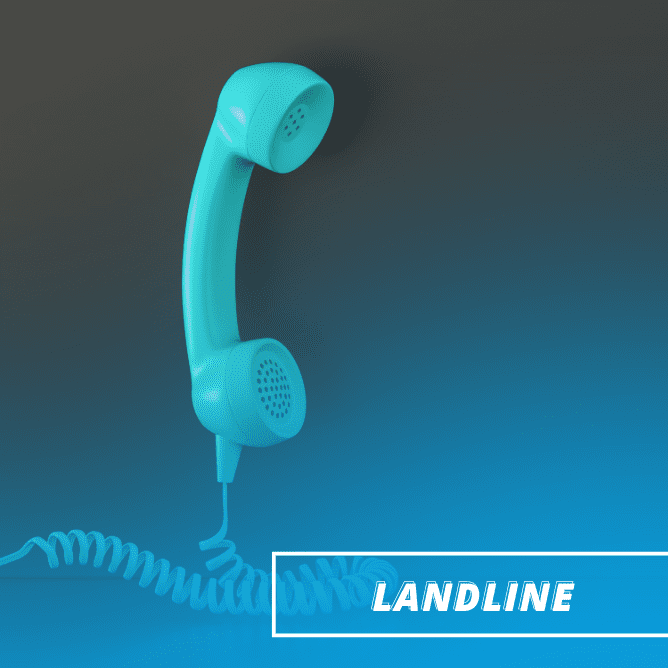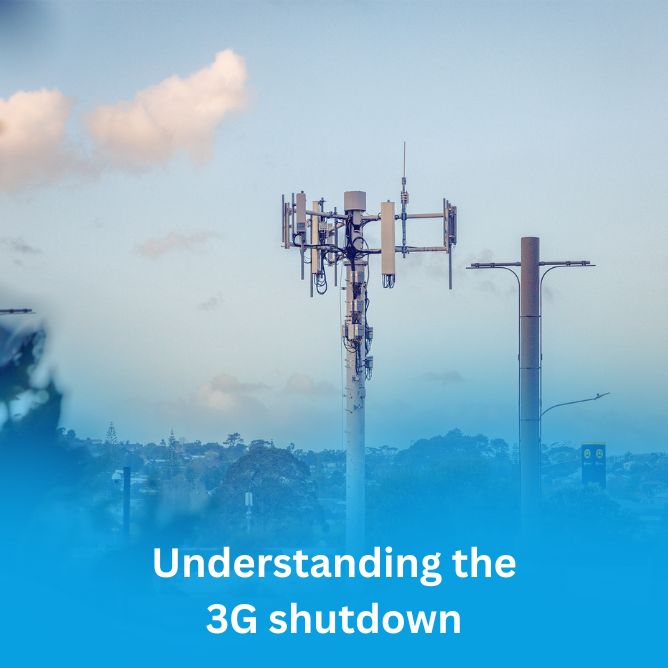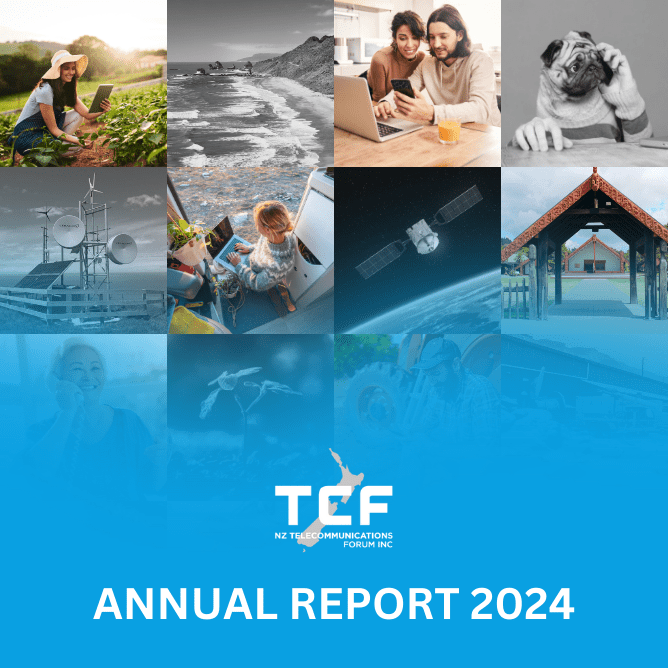As more consumers are moving to fibre services, home phone and landline connections are also being upgraded. Check out our factsheet for a quick and easy guide to understand more about the copper network changes.
Existing copper fixed line connections transitioned to either Voice over Internet Protocol (VoIP) on the copper network, or installed over a fibre connection rely on an underlying broadband internet service in order to function. In the event of a broadband service interruption, such as a power outage, your phone service will not function, unless you have a battery back-up service. This means you will not be able to make any calls, including to emergency services.
Your service provider will be able to recommend an appropriate battery back-up service so that your VoIP phone will continue to function in the event of an emergency.
It is also recommended that you have access to a charged mobile phone that you can use during a power outage.
111 Calls
When New Zealand’s 111 emergency service was introduced more than 60 years ago, all calls were made from traditional home phones (landlines) using the copper lines network. Today, that has reduced to a small minority: three quarters of all 111 calls are now made from mobile phones and many home phones are now connected via fibre or wireless networks.
As these newer technologies need an electricity supply in the home to work, in the event of a power outage to the home, phones using these networks will stop working. This means that a consumer will not be able to contact the 111 emergency service on their home phone during a power cut in the home.
Although the majority of New Zealanders own or have access to a mobile phone which provides an alternative means of contacting 111 emergency services, it is important that our most vulnerable consumers can access 111 emergency services when the power fails at home.
In November 2020, the Commerce Commission published a 111 Contact Code to ensure that vulnerable consumers, who may have a particular risk (e.g. a medical condition), have reasonable access to an appropriate means to call 111 emergency services in the event of a power failure in their home.
PSTN Upgrade
The Spark-owned PSTN (Public Switched Telephone Network) is a network of electronic switches that connect home phone (landline) calls over copper lines. The current system dates back to the 1980s and is at the end of its lifecycle, so Spark is moving to more modern technologies and will progressively shut down the existing PSTN.
A large number of people who still use a home phone are already bypassing the traditional PSTN: for voice over fibre calls, their home phone connects via the fibre network, and for voice over wireless, their home phone connects to the nearest cell tower (just like a mobile phone does). According to Spark, the number of customers connected to the PSTN has fallen markedly in recent years, from over 1 million in 2017 to around 400,000 in 2020.
To make sure New Zealanders can stay connected, Spark is moving those still using the old copper phone technology onto more modern technologies and gradually shutting down the PSTN in certain areas. Also, because some of Spark’s broadband over copper services are delivered through systems associated with these old PSTN switches, it has also made the decision to withdraw all of its copper based broadband services in these areas.
Spark began the trialling the PSTN switch-off from late 2020, starting with about 1000 home and business customers in Devonport, Auckland and Miramar, Wellington. The experience of customers in these trial areas is informing a broader national rollout over coming years, starting in 2021.
